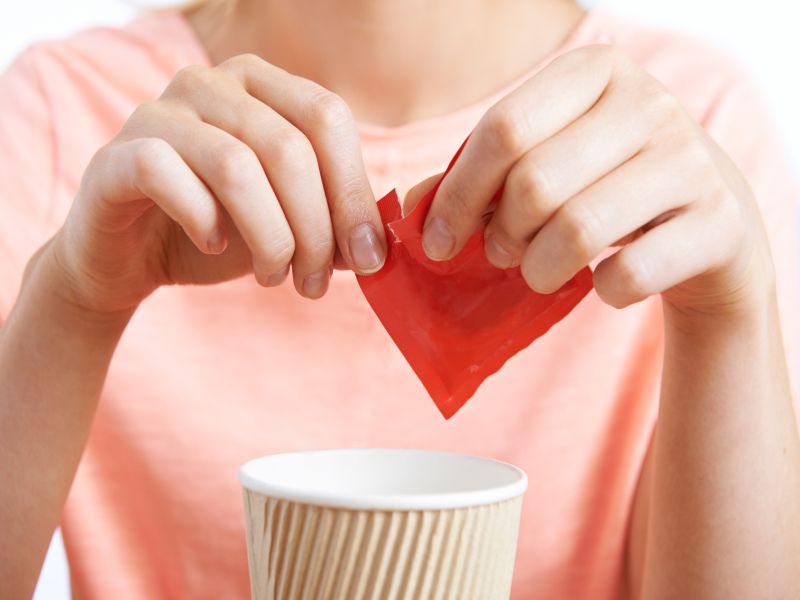MONDAY, Oct. 28, 2019 (HealthDay News) — There are many unanswered questions about the long-term safety and impacts of artificial sweeteners in children, a new American Academy of Pediatrics (AAP) policy statement says.
The AAP statement also recommends that the amount of artificial sweeteners should be listed on product labels to help parents and researchers better understand how much children are consuming, and the possible health effects.
“Looking at the evidence, we found there’s still a lot to learn about the impact of nonnutritive sweeteners on children’s health,” statement lead author Dr. Carissa Baker-Smith said in an AAP news release.
“We need more research into the use of nonnutritive sweeteners and the risk for obesity and type 2 diabetes, especially in children. Considering how many children are regularly consuming these products — which have become ubiquitous — we should have a better understanding of how they impact children’s long-term health,” Baker-Smith said.
A group that represents the low-calorie beverage and food industry challenged the AAP’s policy statement.
“The Calorie Control Council takes issue with these claims and maintains its longstanding position that, when consumed as part of a healthy and balanced diet, the consumption of [artificial sweeteners] may serve as a tool for managing overall caloric and sugar intake,” said Robert Rankin, president of the council.
Artificial sweeteners have been used for more than 60 years. Six are approved as food additives by the U.S. Food and Drug Administration: saccharin, aspartame, acesulfame-potassium, sucralose, neotame and advantame. Two others — stevia and luo han guo (monk fruit) — are approved under the “generally recognized as safe” (GRAS) designation.
These products are 180 to 20,000 times sweeter than sugar, according to the AAP.
More than one-quarter of U.S. children reported consuming artificial sweeteners, and 80% of those children reported daily use, a National Health and Nutrition Examination Survey 2009-2012 found.
Research suggests that many parents don’t realize their children are consuming artificial sweeteners.
“It is currently hard to know how much nonnutritive sweetener is in a product, since manufacturers aren’t required to specify,” Baker-Smith explained. “Listing the amount of nonnutritive sweetener a product contains would help families and researchers understand how much is actually being consumed by individuals and populations, and further evaluate potentially related health effects.”
The statement was published online Oct. 28 in the journal Pediatrics.
More information
Harvard Medical School has more on artificial sweeteners.
Copyright © 2025 HealthDay. All rights reserved.

